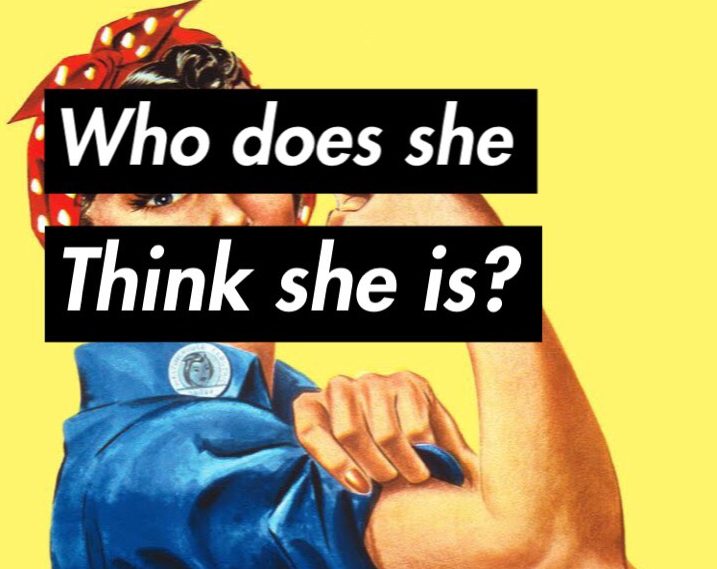Until as recently as 40 years ago, women’s history was completely absent from the K-12 curriculum, and from the general public knowledge. March is now nationally recognized as Women’s History Month, but even this was not without the work of remarkable female leaders. The Education Task Force of the Sonoma County Commission on the Status of Women in California proposed a Women’s History Week celebration in 1978. This was seen as the first step towards educating all Americans on the work of revolutionary women.
March 8th became the center of this celebration, as International Women’s Day in 1911. Local schools in California embraced this movement, planning special programs, listening to enthusiastic women in the community, and some even participating in a “Real Women” essay contest. As a result of work by the Women’s History Institute at Sarah Lawrence College in Westchester County, New York, National Women’s History Week was made official in 1980. This organization was chaired by Dr. Gerda Lerner, who was a fundamental member of the women’s rights movement from the 1960’s right up to her death in 2013.
In a speech made by President Jimmy Carter in February of 1980, March 2-8 was declared National Women’s History Week. President Carter spoke of the injustice that has been done to female contributions in history, from as early as the first British settlers. He stated that ¨the achievement, leadership, courage, strength, and love of the women who built America was as vital as that of the men whose names we know so well¨. He also encouraged America to focus on activists such as Susan B. Anthony, who had an essential role in the women’s suffrage movement, and Sojourner Truth, who escaped from slavery and then was able to gain custody of her son, winning a historic trial against a white man.
Seven years after President Carter’s inspiring words, Women’s History Month was declared official, as a result of a petition made by the National Women’s History Project. The entire month of March is now celebrated annually as a tribute to female culture, history, and unbelievable leaders. Each year a new theme for the month is announced; on the inaugural year it was “Generations of Courage, Compassion, and Conviction.”
Through many events in recent years and even weeks, it is clear that while women are certainly closer to equality than they were a century ago, there is still so much work to be done. In an article titled Cracked but not shattered: 20 women on Clinton’s run, Judy Gold, an American television writer and producer, comedian, and actress, commented on the importance of the Democratic nominee’s loss in the 2016 Presidential Election. She spoke about how when she was young “a woman could not keep her job if she was pregnant, could not report sexual harassment, could not have a legal abortion, and could not run in the Boston Marathon.”
Despite the remarkable progress that has been made, numerous educated, capable women continue to struggle to break the metaphorical glass ceiling; defined as “an unofficially acknowledged barrier to advancement in a profession, especially affecting women and members of minorities.” 44% of employees in the top 500 companies in the United States are women, but 20% hold board seats, and only 6% are CEOs. Women’s History Month is a time to celebrate the accomplishments of the many women who paved the way for revolutionary change but also to continue moving forward and break the barriers that many women still face.
Caroline Loscalzo
staff writer
Graphics: Sofia Lee

